Think your F/2.8 lens is always the best choice for wildlife photography? Think again. In my latest video, I’m uncovering common mistakes many photographers make when reaching for that fast glass. Wait until we get into Depth of Field and ISO – it’s shocking how most photographers get this 100% WRONG – and how much it hurts them in the field!
You won’t want to miss this one — it will change the way you think about fast glass. Watch now and see if you can spot the hidden trap!
PS – If you enjoyed this post, I think you’ll REALLY like my e-books and video workshops! Thousands of pages and hours of videos filled with tips, tricks, and techniques – all my best content! Check ’em out – click here (hey, it’s free to look).

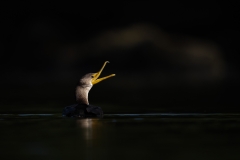
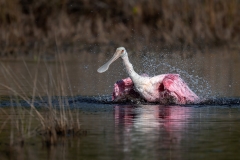
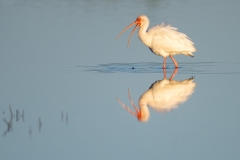
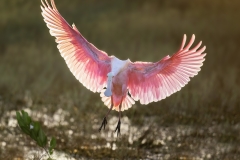
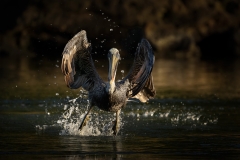
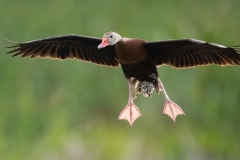

It’s intriguing to consider how photographers might misuse these powerful tools in the field, and it seems like Perry’s insights could help reframe the way we approach lens choice.
I realized that using an F/2.8 lens in wildlife photography is not always the best choice and that misunderstanding depth of field and ISO can have a big impact on the quality of the image, which made me rethink how I use my equipment in practice.
I found the 400 2.8 tc to be the best all around lens. It is faster at 400 and not much different a 560 with the 1.4. I don’t shoot birds but bigger animals like bear and bison as well as foxes etc. I am sure there are a couple times I want more reach but most of the time this works
This is helpful, @Steve Perry. For those of us who can’t afford the 400TC or the 600TC there are times when the 600mm PF just is too slow for moving subjects at just before dawn. Are we better off not getting the shot at all or trying to use a faster, shorter lens and suffering the consequences of cropping? Some of my subjects just don’t stick around after sunrise…
Sometimes there’s just not enough light – I have that happen with my 400 2.8 at times. In low light, tripods, monopods, etc. can help, but if the subject is moving, it’s tough. Getting in closer with faster glass is a possible solution, but there aren’t any great answers. For action in low light, I switch to slow shutter speed panning 🙂
Thx
Mind blown after watching the “fast glass” video. Another great video from Steve. Although, I am going to have to watch it again to absorb it all and process it! Will have to go back now and compare some of my recent Africa pics with my 70-200mm 2.8 vs the 180-600mm 5.6/6.3!
Thanks so much!
Steve, I found this very interesting especially with all of the lens comparisons and crop sensor vs full frame sensor that are posted on just about any photography site one looks at these days. This puts things in a more apples to apples perspective even including the output comparisons for print, or media. Thank you!
Happy to help 🙂